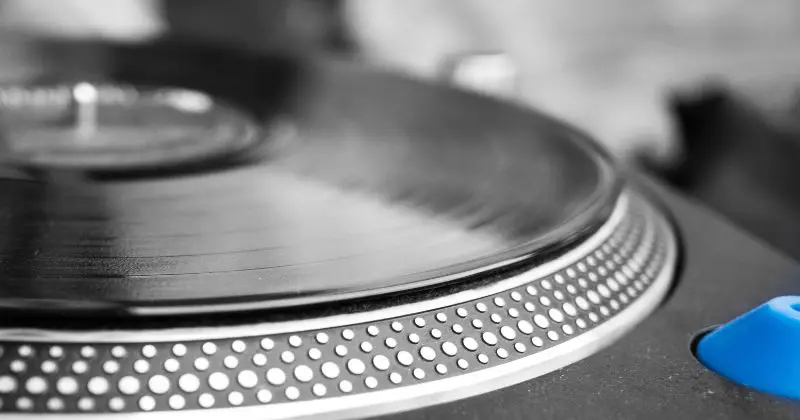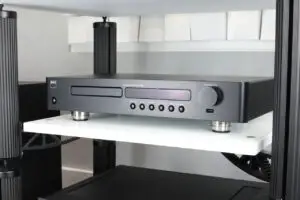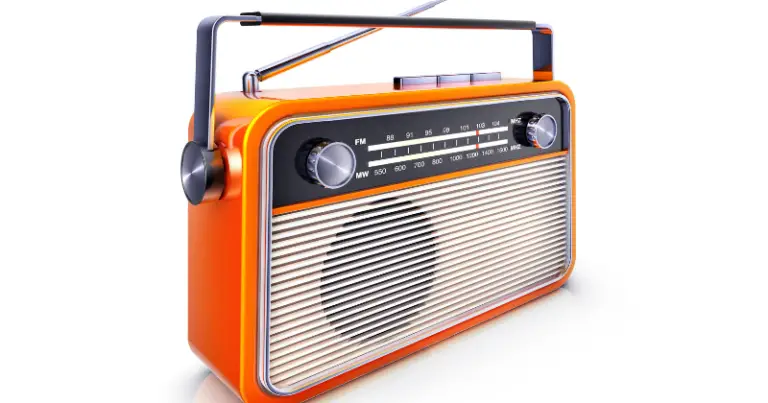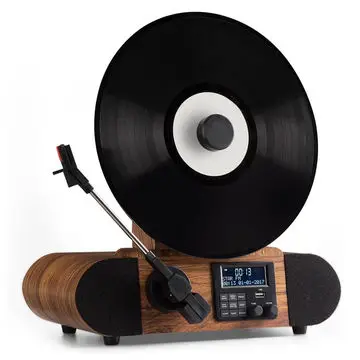IsoAcoustics OREA series makes an outstanding degree of isolation available for turntables and high-fidelity audio components. In our IsoAcoustics OREA Review, we do a deep dive for our faithful audience.
When an audiophile is attempting to find higher clarity sound, the OREA series can work wonders because it operates by eliminating parasitic vibrations. This makes OREA the best-suited electronic component. The OREA lineup works for turntables, speakers, CD players, DACs, and amplifiers.
OREA’s isolators are made using machined stainless steel. With their low-profile designs, the odds of any increase in height are minimized.
Choosing the best-suited OREA model for your requirements
All OREA models are characterized by a unique weight capacity. Towards the bottom isolator, they have a colored ring that specifies the weight capacity and the model.
Each of the isolators of the OREA series is packed separately. This lets a buyer decide how many units he intends to buy. It is, however, recommended to use at least 3 OREA isolators below each component if you plan to use the isolators.
This is also subject to the weight of the component being used.
The OREA isolators currently on markets are OREA Graphite, OREA Bronze, OREA Indigo, and OREA Bordeaux. Their dimensions increase in this order, and so does the weight-bearing capacity. The weight capacity of the models is 1.8 kg, 3.6 kg, 7.2 kg, and 14.5 kg per unit, respectively.
Features of IsoAcoustics OREA series that make them sought after
Greater sound clarity
OREA isolators’ upper flange is so designed that it provides an effect similar to that of a suction cup and adheres well to a component’s underside. The lower flange will similarly adhere to the supporting surface. It is within the OREA’s core that all energy released is managed. Different models of OREA operate in different weight ranges.
This works towards offering a soundstage that is more open and has higher quality, authentic, 3D sound. Works for both devices with and without feet.
Check out this video; IsoAcoustics OREA Series Overview:
It may be possible that the prevailing feet that an audio component has fit well around the OREA isolators’ perimeter. A few other methods for getting a top-class performance include removing the existing feet entirely or placing OREA isolators where the feet used to be.
Or, a user can also place the OREA isolators next to the audio device’s feet in a way that they connect directly to the base of the component.
Weight capacity
OREA isolators have been designed to be used as multiples to match the speakers’ or components’ weight with their cumulative load-bearing capacity. A simple formula helps us derive the weight capacity of OREA isolators.
Cumulative weight capacity = weight capacity of each isolator X the number of isolators used. It is then recommendable to ensure that all OREA isolators that you use below a device are all of the same type, Graphite, Bronze, Indigo, or Bordeaux.
All four varieties have different dimensions. Using a similar variety will help maintain a device’s balance.
It is okay to use 3 or 4 OREA isolators beneath each device. But the device should not weigh more than the OREA isolators’ cumulative capacity.
Here, the weight distribution of the audio device should also be taken into consideration. Just as an instance, if the device is the heaviest towards the back, then 2 OREAs can be placed below the back corners, while one needs to be placed towards the front.
OREA’s isolators: Created using a patented isolation design
IsoAcoustics patented isolation design is award-winning. It facilitates the right kind of management of a speaker’s energy and brings about the finest speaker performance.
Let us take a look at the top factors that boost the isolation for OREA’s isolators:
- Shape
- Thickness
- Durometer
- Characteristics of their proprietary isolation materials
Another important factor that induces high isolation levels for OREA’s isolators is how the bottom and top isolators function simultaneously, using the internal insert for managing vibrations.
Key advantages of using OREA’s isolators
- Tighter Bass
- Enhanced Soundstage
- Openness and higher sound clarity
- A 3D image of natural spatial sound
- OREA isolators manage energy on-axis
Stands by IsoAcoustics are directional. They should be placed with their logos in the same direction as the speakers’ motive forces. This way, they’ll manage the energy on-axis. This is unlike the materials that will allow the oscillation of the speakers in all directions.
With this method of managing energy, a high degree of oscillation is provided. While the sound clarity enhances, so does the openness and focus.
Connections with the supporting surface and speakers are superior.
IsoAcoustics products have been so designed that they connect to the supporting surface and the speakers’ base. This allows the energy to be managed effectively by internal isolators.
In case the surface coming in contact with the isolators is smooth, then the isolators’ shape creates the same effect as a suction cup. But, if the surface is textured, then a strong friction grip is created.
IsoAcoustics makes a range of isolators’ models available. All have been designed specifically to work with separate weight ranges.
When the weight of the sound instruments begins to approach the specified weight limits, the isolation performance of the pucks begins to decline. In case the weight exceeds the prescribed limits, the isolation performance declines further.
Who should be using IsoAcoustics Isolators?
Any audiophile would benefit greatly by using IsoAcoustics isolator pucks. Isolation of noise will boost the sound quality. But, some audiophiles will benefit more than others. Let us consider the problem areas that IsoAcoustics isolators specifically address.
The isolators are particularly useful when the speakers you use at home induce vibration in the supporting surfaces, which results in the emission of dissonant sounds. When you start using the isolators by IsoAcoustics, sometimes known as pucks as well, this difficulty will be resolved.
There are, then, some cases wherein the structure over which you keep or maintain the speakers leads to additional sounds, or noises, which negatively affect the listening pleasure.
This structure could be a workstation or a wooden table, which shivers slightly when the speakers emit high-pitched sounds. Isolators by IsoAcoustics will boost the audio experience in these cases as well.
At times, the sound quality is not an issue at all. The speakers’ vibrations sometimes transmit to the other rooms, and the neighbors wonder why wall hangings are not as stable as they used to be.
This is more likely to happen at recording studios, where using isolators by IsoAcoustics is going to be a nice idea.
IsoAcoustics OREA Review: Conclusion

OREAS has been created by IsoAcoustics, Canadian isolation aficionados. It’s a great creation. The music industry is overpriced, but OREAs are affordable and utilitarian. They offer the requisite degree of vibration control and isolation support.
OREAs also offer coverage for a range of equipment and applications, which is an important pro for them. OREAs are high scorers in terms of utility and enhancing sound quality.
For best results, it is preferable to use the OREA isolators with electronics that weigh in the range of 50% of the load capacity that the pucks are designed to support.
IsoAcoustics Orea Series Audio Equipment Isolators

IsoAcoustics OREA series makes an outstanding degree of isolation available for turntables and high-fidelity audio components. The OREA lineup works for turntables, speakers, CD players, DACs, and amplifiers.
Product SKU: B07KGCRZ9V
Product Brand: IsoAcoustics Orea
4.6
Pros
- Tighter, cleaner sound.
- Easy to use, fairly effective at isolation
Cons
- Slightly expensive


![IsoAcoustics OREA - Heyday Earbuds Pairing Heyday Earbuds Pairing: Why Won’t My HeyDay Earbuds Connect? [SOLUTION]](https://audioambition.com/wp-content/uploads/2021/12/Heyday-Earbuds-Pairing-768x403.jpeg)



